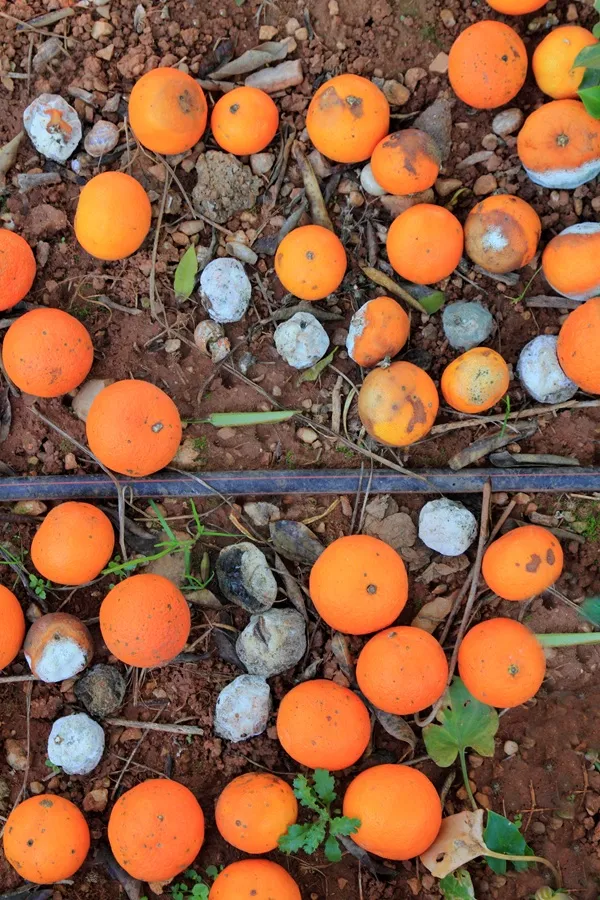Table of Contents
1. Overview
Crayfish (also called crawfish, crawdads, or freshwater lobsters) are freshwater crustaceans belonging to the families Astacidae, Cambaridae, and Parastacidae. Prized for their sweet, delicate meat, they are cultivated and harvested worldwide for food, bait, and ornamental purposes. This guide covers their biology, culinary uses, farming practices, and economic impact.
2. Global Varieties
- Red Swamp Crayfish (Procambarus clarkii)
- Origin: Southern USA (Louisiana).
- Size: 3–6" | Color: Reddish-brown.
- Note: Invasive in Europe and Asia.
- Signal Crayfish (Pacifastacus leniusculus)
- Origin: Pacific Northwest (USA).
- Size: 4–7" | Color: Olive-green with white claw spots.
- Marron (Cherax cainii)
- Origin: Australia.
- Size: 6–12" | Color: Dark blue-black.
- Note: Premium aquaculture species.
- Yabby (Cherax destructor)
- Origin: Australia.
- Size: 4–8" | Color: Blue-green or brown.
- Noble Crayfish (Astacus astacus)
- Origin: Europe.
- Size: 4–6" | Color: Brown.
- Status: Threatened by crayfish plague.
3. Sizes & Price Factors
- Standard: 3–5" ($5–$10/lb live).
- Jumbo: 6–12" (e.g., marron: $15–$30/lb).
- Factors: Wild vs. farmed, regional demand, processing (whole, tail meat).
4. Physical Traits
- Colors: Red (Louisiana), blue (Australian marron), green/brown (signal crayfish).
- Smell: Fresh, briny; avoid ammonia-like odors.
- Flavor: Sweet, similar to lobster/crab with a subtle earthy note.
5. Culinary Uses
- Raw: Rare (risk of parasites); use only flash-frozen for sushi (crayfish nigiri).
- Boiled: Classic Cajun crawfish boil with corn, potatoes, and spices.
- Grilled: Brushed with garlic butter or Cajun seasoning.
- Fried: Crispy tails or étouffée fritters.
- Stir-Fries/Curries: Thai pad prik crawfish, Chinese chili crayfish.
- Soups/Stews: New Orleans bisque, Swedish kräftsoppa (crayfish soup).
- Popular Dishes:
- Crawfish Étouffée (Louisiana): Smothered in roux-based gravy.
- Crawfish Pie: Savory pastry with tails and herbs.
6. Nutrition & Health Benefits
- Macronutrients: High protein (14g/100g), low fat (1g/100g).
- Vitamins/Minerals: B12, zinc, iron, selenium.
- Health Benefits: Supports immunity, nerve function, and muscle repair.
7. Cultivation & Capture
- Wild Capture:
- Traps: Baited wire/collapsible traps.
- Hand Netting: In shallow streams/ponds.
- Aquaculture:
- Pond Systems: Mud-bottom ponds (Louisiana, China).
- Rice-Crayfish Rotations: Integrated farming in China.
- Recirculating Systems: Indoor tanks for premium species (marron).
8. Byproducts
- Shells: Processed into chitin (cosmetics, biodegradable plastics).
- Heads/Viscera: Fishmeal or fertilizer.
- Ornamental Use: Colored varieties (electric blue crayfish) in aquariums.
9. Processing & Storage
- Live Storage: Keep in cool, moist environments (50°F) for 1–2 days.
- Freezing: Blanch and freeze tails (6–12 months at -18°C).
- Canning: Cooked tails in brine or sauces (shelf-stable 1–2 years).
10. Major Producers & Trade
- Top Producers:
- USA: Louisiana (90% of U.S. supply).
- China: Largest global producer (800,000+ tons annually).
- Australia: Marron/yabby farms.
- Sweden: Noble crayfish fisheries.
- Exporters: China, USA, Australia.
- Importers: EU, Japan, USA (for processed tails).
11. Climate Conditions for Farming
- Temperature: 70–85°F (ideal for Red Swamp crayfish).
- Water Quality: Neutral pH (6.5–8.0), low salinity.
- Habitat: Muddy ponds with vegetation for shelter.
12. Diseases & Risks
- Crayfish Plague (Aphanomyces astaci): Fungal disease devastating European stocks.
- Shell Rot: Bacterial infections in overcrowded farms.
- White Spot Syndrome Virus (WSSV): Threatens Asian aquaculture.
13. Return on Investment (ROI)
- Farming Costs: $5,000–$10,000/acre (pond setup, feed).
- Profit Margins: 20–40% (high demand in gourmet markets).
- Challenges: Disease outbreaks, invasive species competition.
14. Quick Recipes
- Cajun Crawfish Boil: Boil live crayfish with potatoes, corn, and Cajun spice mix.
- Garlic Butter Sauté: Sauté tails in butter, garlic, and parsley; serve over pasta.
- Spicy Crayfish Stir-Fry: Toss with bell peppers, chili, and soy sauce.
15. Sustainability Challenges
- Invasive Species: Red Swamp crayfish disrupt ecosystems in Europe/Asia.
- Habitat Loss: Wetland drainage impacts wild populations.
- Solutions: Certified farming, biosecurity protocols.
16. Conclusion
Crayfish are a culinary delicacy and aquaculture staple, bridging gourmet dining and sustainable farming. Innovations in disease management and habitat conservation are key to their future in global markets. 🦞









